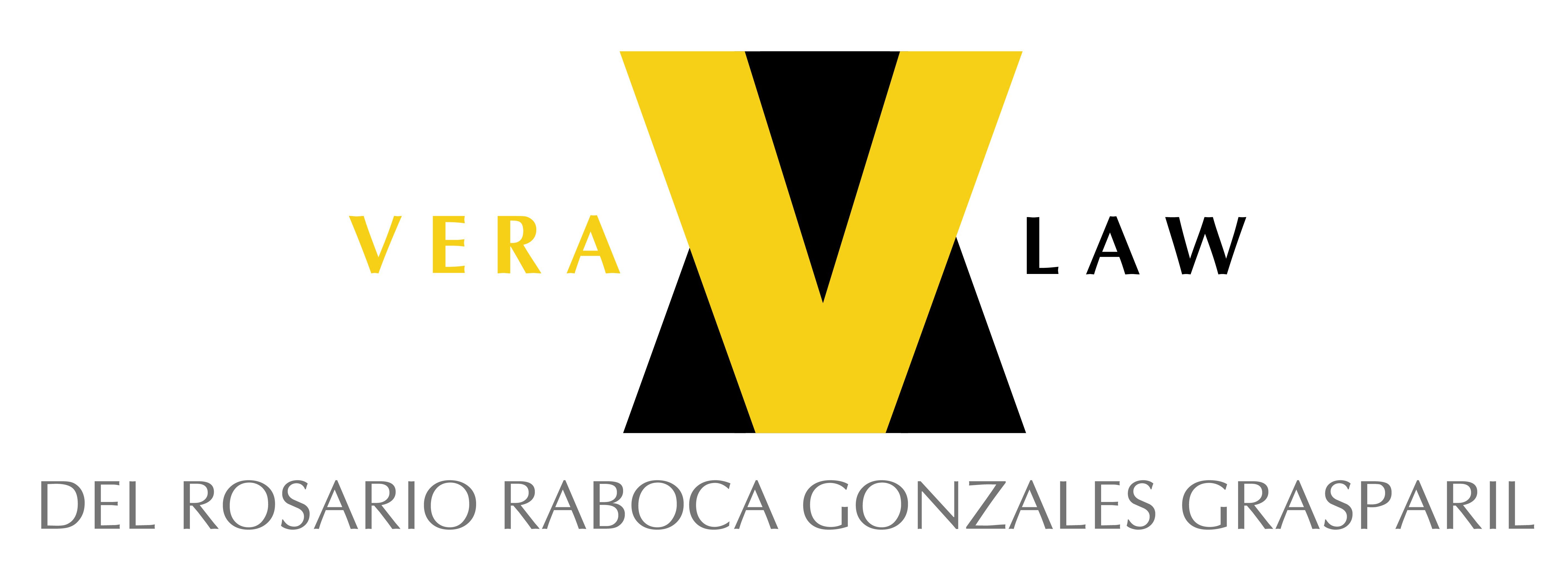The IPO Director of the Bureau of Legal Affairs, the IPO Director General, and the Court of Appeals unanimously rejected the petitioner’s application for the trademark LOLANE on account of its confusing similarity to respondent’s trademark ORLANE. Emphasis was made on LANE, the dominant feature of the competing trademarks, such that when LOLANE and ORLANE are read aloud, a similar sound is produced that would likely deceive or cause confusion to the public.
The Supreme Court completely eschewed the decisions rendered by the IPO and the Appellate Court in denying the application for registration of petitioner Seri Somboonsakdikul for the trademark LOLANE. The Supreme Court found that “there is no colorable imitation between the marks LOLANE and ORLANE which would lead to any confusion to the ordinary purchasers”. In determining the likelihood of confusion between the two marks, the Supreme Court favored the dominancy test (similarity of the dominant features and consideration of the aural, visual and connotative and overall impressions created by the marks in the mind of the purchasing public) rather than the holistic test (considers the entirety of the marls as applied to the products, including labels and packaging).
In applying the dominancy test, the Supreme Court said that “while there are no set rules as what constitutes a dominant feature with respect to trademarks applied for registration, usually, what are taken into account are signs, color, design, peculiar shape or name, or some special, easily remembered earmarks of the brand that readily attracts and catches the attention of the ordinary consumer”.
The Supreme Court rejected the argument of respondent ORLANE S.A. that the suffix LANE is the dominant feature of the trademarks LOLANE and ORLANE. The Supreme Court noted the differences in the way the competing marks are written or printed, in that ORLANE is in plain block upper case letters while LOLANE is a stylized word with the second letter L and the letter A co-joined. Further, there is no phonetic similarity between the two marks since “the first syllables of each mark, i.e., OR and LO do not sound alike, while the proper pronunciation of the last syllable LANE-“LEYN” for LOLANE and “LAN” for ORLANE, being of French origin, also differ. The Supreme Court disagreed with the finding of the IPO Director General that Filipinos would invariably pronounce ORLANE as “ORLEYN, pointing out that “While there is possible aural similarity when certain sectors of the market would pronounce ORLANE as “ORLEYN,” it is not also impossible that some would also be aware of the proper pronunciation–especially since, as respondent claims, its trademark ORLANE has been sold in the market for more than 60 years and in the Philippines, for more than 40 years”. Another factor that was considered in LOLANE’s favor is the absence of proof that “the suffix LANE has registered in the mind of consumers that such suffix is exclusively or even predominantly associated with ORLANE products”. On the contrary, it was shown that the IPO previously allowed the registration of the mark GIN LANE for goods also falling under Class 3, i.e., perfume, cologne, skin care preparations, hair care preparations and toiletries.
It is noteworthy hat the Supreme Court did not consider the nature of the goods using the trademark and whether the goods are identical, similar, competing or related. The Supreme Court rationalized that “the essential element in determining likelihood of confusion, i.e., colorable imitation by LO LANE of the mark ORLANE, is absent in this case. Resemblance between the marks is a separate requirement from, and must not be confused with, the requirement of a similarity of the goods to which the trademarks are attached”.

